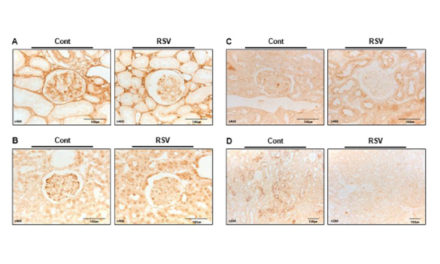Rediscovery of Seven Long-Forgotten Species of Peronospora and Plasmopara (Oomycota)
Jae Sung Leea, Hyeon-Dong Shinb and Young-Joon Choia
aDepartment of Biology, Kunsan National University, Gunsan, Korea; bDivision of Environmental Science and Ecological Engineering, College of Life Sciences and Biotechnology, Korea University, Seoul, Korea
Abstract
The family Peronosporaceae, an obligate biotrophic group of Oomycota, causes downy mildew disease on many cultivated and ornamental plants such as beet, cucumber, grape, onion, rose, spinach, and sunflower. To investigate the diversity of Peronosporaceae species in Korea, we performed morphological analysis for dried plant herbariums with downy mildew infections by two largest genera, Peronospora and Plasmopara. As a result, it was confirmed that there are five species of Peronospora and two species of Plasmopara, which have been so far unrecorded in Korea, as well as rarely known in the world; Pl. angustiterminalis (ex Xanthium strumarium), Pl. siegesbeckiae (ex Siegesbeckia glabrescens), P. chenopodii-ambrosioidis (ex Chenopodium ambrosioides), P. chenopodii-ficifolii (ex Chenopodium ficifolium), P. clinopodii (ex Clinopodium cf. vulgare), P. elsholtziae (ex Elsholtzia ciliata), and P. lathyrina (ex Lathyrus japonicus). In addition, their phylogenetic relationship was inferred by molecular sequence analysis of ITS, LSU rDNA, and cox2 mtDNA. By rediscovering the seven missing species and barcoding their DNA sequences, this study provides valuable insights into the diversity and evolutionary studies of downy mildew pathogens.
Keywords
Barcoding; downy mildew; morphology; Peronosporaceae; phylogenetic analysis








